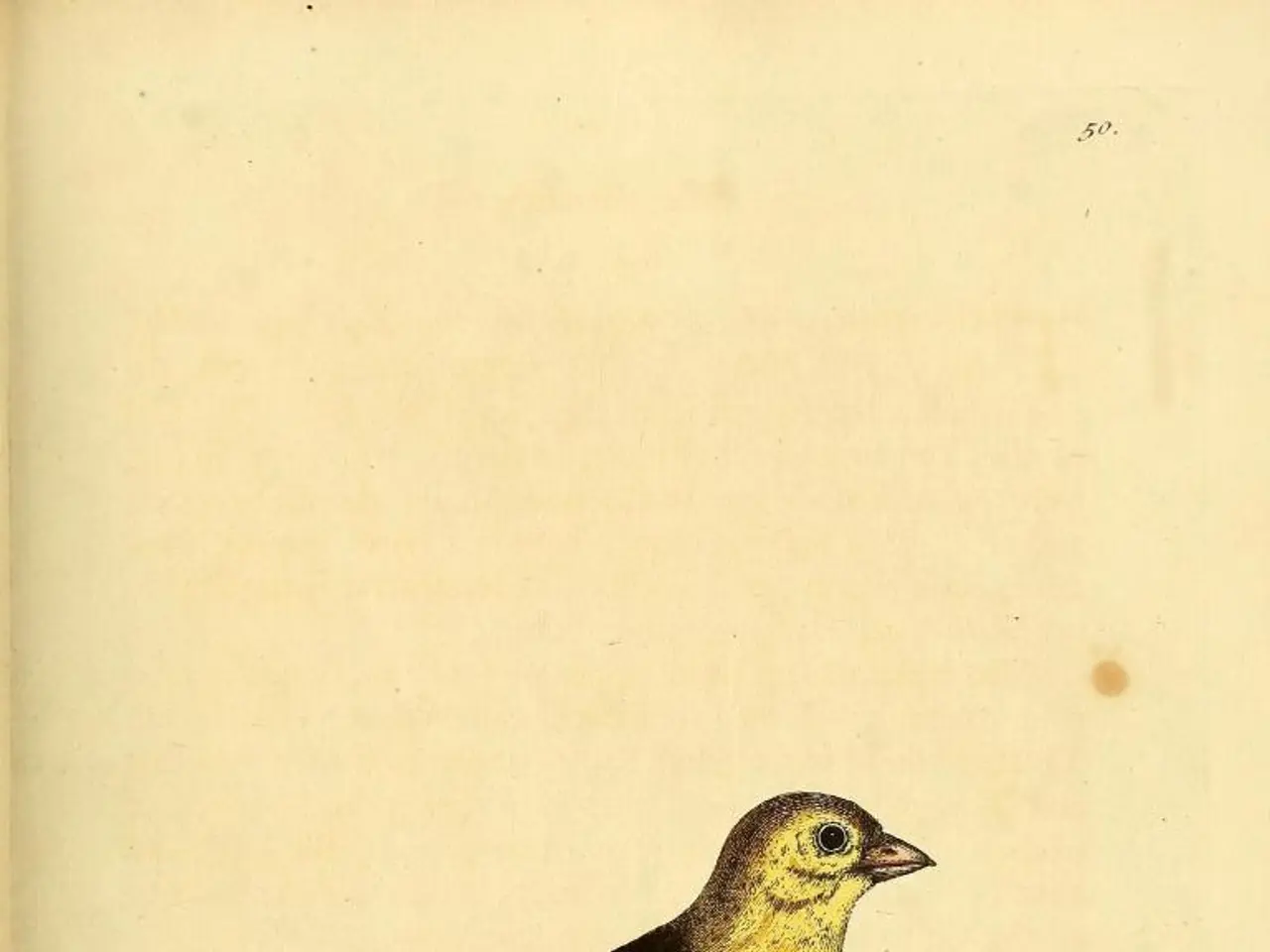Understanding the Mechanisms of Poetry
Poetry, with its rich and diverse forms, is a delightful form of expression that speaks to our emotions. At its core, poetry relies on rhythm, and this rhythm is built from the smallest units known as feet.
A foot, the basic unit of rhythm in poetry, is made up of a specific pattern of stressed and unstressed syllables. There are several common types of feet, including iambs, trochees, anapests, dactyls, amphibrachs, and spondaics.
An iamb, the most common foot in English poetry, is an unstressed syllable followed by a stressed syllable (e.g., par-TAKE). The opposite of the iamb is a trochee, which consists of a stressed syllable followed by an unstressed one (e.g., BAN-jo). An anapest is two unstressed syllables followed by a stressed syllable (e.g., sev-en-TEEN), while an amphibrach is an unstressed syllable followed by a stressed syllable and then an unstressed syllable (e.g., ar-CHA-ic). A dactyl is a stressed syllable followed by two unstressed syllables (e.g., CAP-it-al), and a spondaic foot consists of two equally stressed syllables (e.g., DUM-DUM).
The pattern of these feet repeated at regular intervals throughout a line forms the poem’s meter. This meter determines the rhythm’s quality (rising, falling, fast, slow), while the number of feet per line defines the meter’s length (e.g., tetrameter = 4 feet per line, pentameter = 5 feet). By combining different feet and line lengths, poets create various metrical schemes that affect the poem’s musicality, tone, and mood. For instance, iambic pentameter often sounds natural and formal, while anapestic tetrameter feels lively and playful.
Poems often have a structure, divided into sections called stanzas. The structure of a poem can greatly impact its rhythm and flow. Poets may choose to break a sentence in the middle of a line, a technique known as enjambment, or introduce a pause in the middle of a line, indicated by a period, known as a caesura. Both enjambment and caesuras can create a sense of continuity or pause within a poem's flow.
In summary, feet are the basic rhythmic units of poetry, and their patterning forms the poem’s meter, shaping its rhythm and emotional effect. Understanding the intricacies of feet and meter can enhance our appreciation and enjoyment of poetry, allowing us to better appreciate the artistry and craftsmanship that goes into each verse.
- One might find poems reflecting life's various aspects, such as relationships, pets, and lifestyle, more appealing when understanding their rhythmic structure.
- In the realm of fashion-and-beauty, one could argue that the rhythm of a runway show's music, thanks to its meter and feet, is akin to poetry, creating an enchanting and engaging atmosphere.
- Traveling to new places often leads to encounters with diverse cuisines, and the rhythmic patterns in food-and-drink, such as taste and texture, can evoke emotional responses akin to the impact of a well-crafted poem.
- The rhythmic dance between cars on the highway can be seen as a modern interpretation of poetry, with each vehicle's movement (feet) contributing to the overall rhythm and harmony (meter) of traffic flow. Shopping, with its ebb and flow, may also have an underlying rhythm not unlike the rhythmic patterns of poetry, making the experience more engaging and enjoyable.




